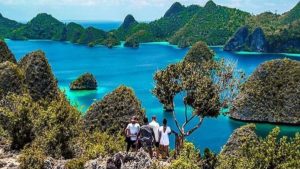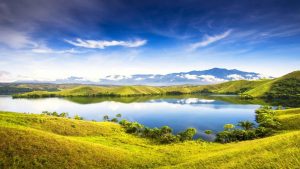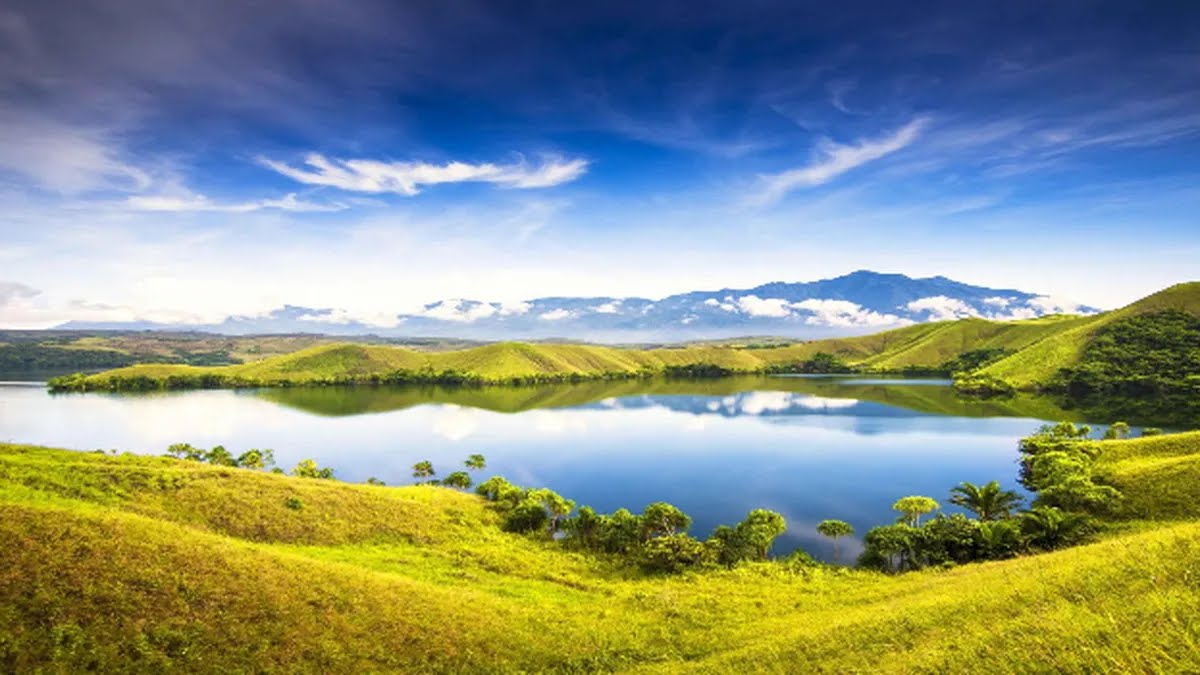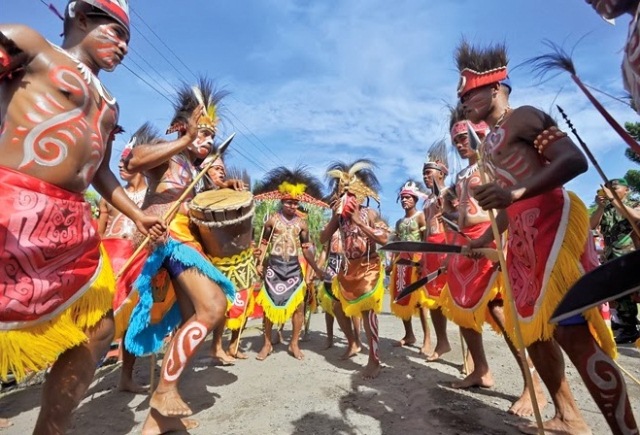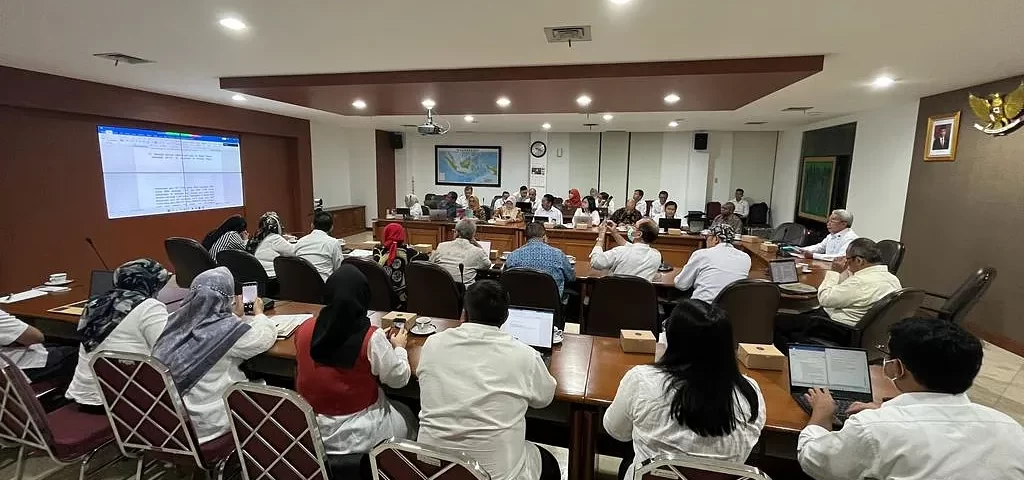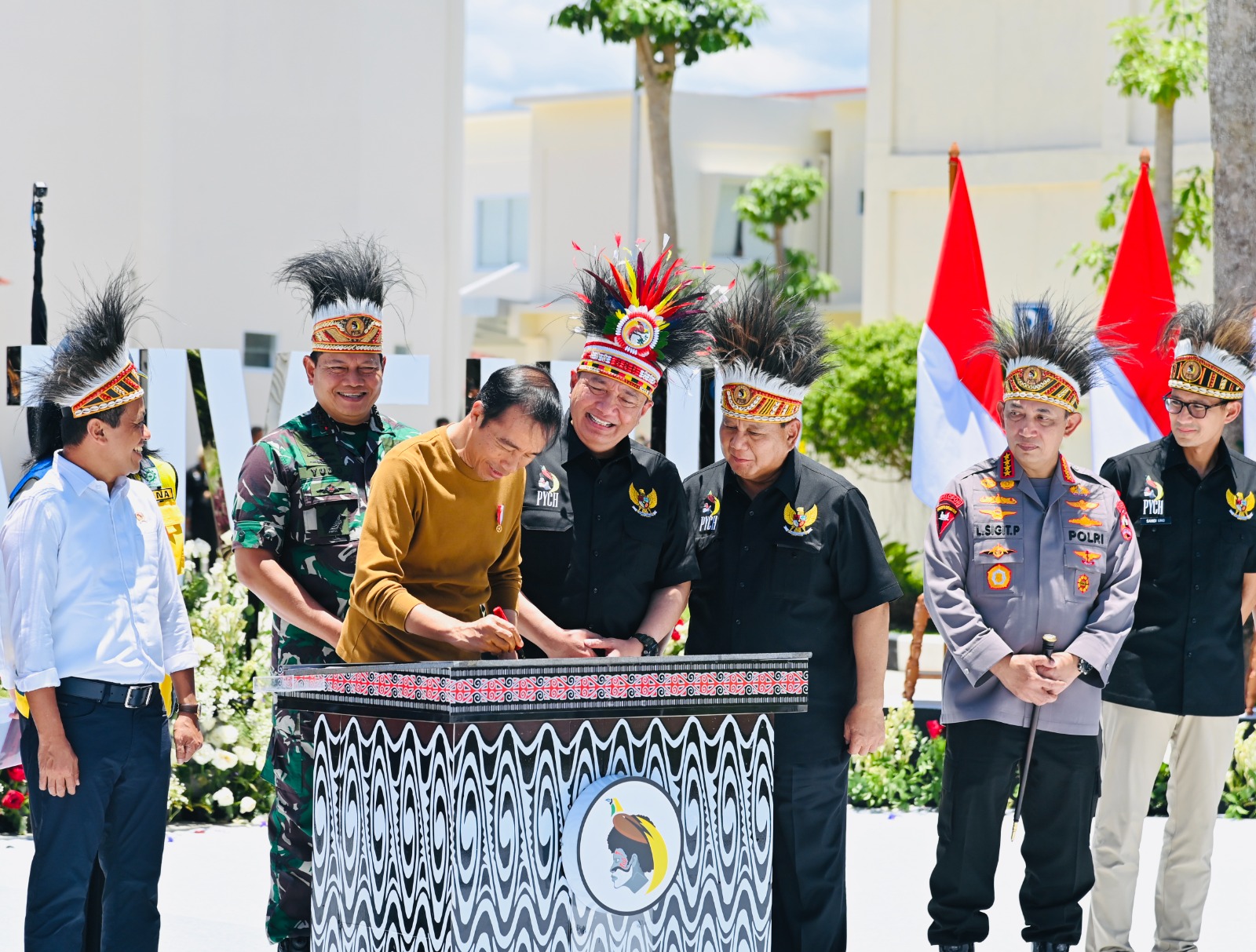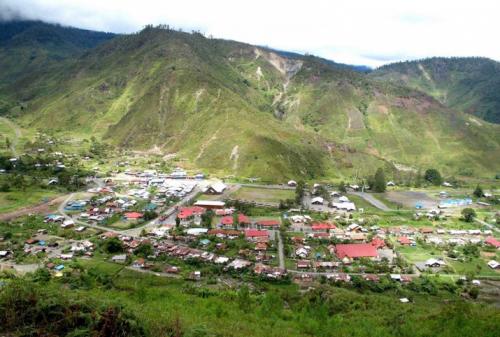The commodities of West Papua are diverse and abundant. The many natural resources require proper management to bring further development to the province. Here is a sneak peek into the richness of the second easternmost province of Indonesia and all its potentials.

West Papua Natural Potentials
West Papua Indonesia is a province that is blessed with a rich natural heritage and fertile soils. It is wealthy with natural resources from agriculture, fisheries, animal husbandry, plantations, natural physical conditions, mining and forestry.
Recognizing this potential, the Indonesian central government in coordination with the West Papua regional government has committed to developing the economic condition of the province accordingly. The development plan focuses on four sub-regions.
The first is Manokwari Regency, which focuses on manufacturing, fishery, agriculture and forestry. Next on the list is Raja Ampat Regency, which the government designated as a hub for marine conservation and ecotourism. Next, Fakfak Regency focuses on forestry and manufacturing. Finally, the city of Sorong is a center for mining, fisheries and services.
The Commodity of West Papua
West Papua has many profitable natural resources and commodities. Here are six of its most well-known resources.
Natural Gases
West Papua’s exports are dominated by their main commodity, natural gases. Natural gases contribute to 96.57% of the province’s exports. The main source of the natural gas commodity is the Liquefied Natural Gas (LNG) which is a natural product from Teluk Bintuni Regency.
Oil Products
Oil products are the second-largest contributor of exports from West Papua. Most of the province’s oil comes from the loading ports of Sorong. Being West Papua’s mining hub, this regency has several petroleum exploration companies.
Tourism
The government is developing the natural beauty of the province into an avenue for ecotourism. The most famous example is Raja Ampat Regency, West Papua, Indonesia. This area is home to one of the world’s largest and most diverse underwater ecosystems. Thus, Raja Ampat undergoes continuous development to be an ecotourism hotspot.
Forestry
West Papua has one of the most biodiverse forests in the world. Its forests are home to 20,000 plant species, 602 bird species, 125 mammals and 223 reptiles. Many of them aren’t found elsewhere, hence the potential for ecotourism. The forest is also a source of livelihood for many local communities. Forest product management and the timber industry are major contributors to the economy as well.
Agriculture
West Papua’s soils also accommodate the farming of various crops. Some of the most common agricultural products of West Papua are sago, red fruit (pandanus conoideus), and ant-nest plant (Myrmecodia). Palm oil products such as palm kernel expeller (PKE) and crude palm oil (CPO) are also found in the region.
Gold
This precious mineral can also be found in West Papua. There is a potential for gold mining in the Manokwari Regency. Currently, the mines are under West Papuan Indigenous tribe.
Role of Commodity Export in West Papua Economy
The export of West Papua commodities has a large potential to advance the economic conditions of this province. The potential of natural resources is extremely abundant. In order for the economy of West Papua to be more advanced, the government will manage resources wisely.
One factor that is no less important for economic growth is foreign trade and investment in West Papua. Export is one source of foreign exchange to assist in development. The government must monitor foreign investors who manage West Papua’s natural resources to ensure environmental of local workers and profit-sharing with the locals. This ensures that the commodity of West Papua can continuously support the province’s developments.





